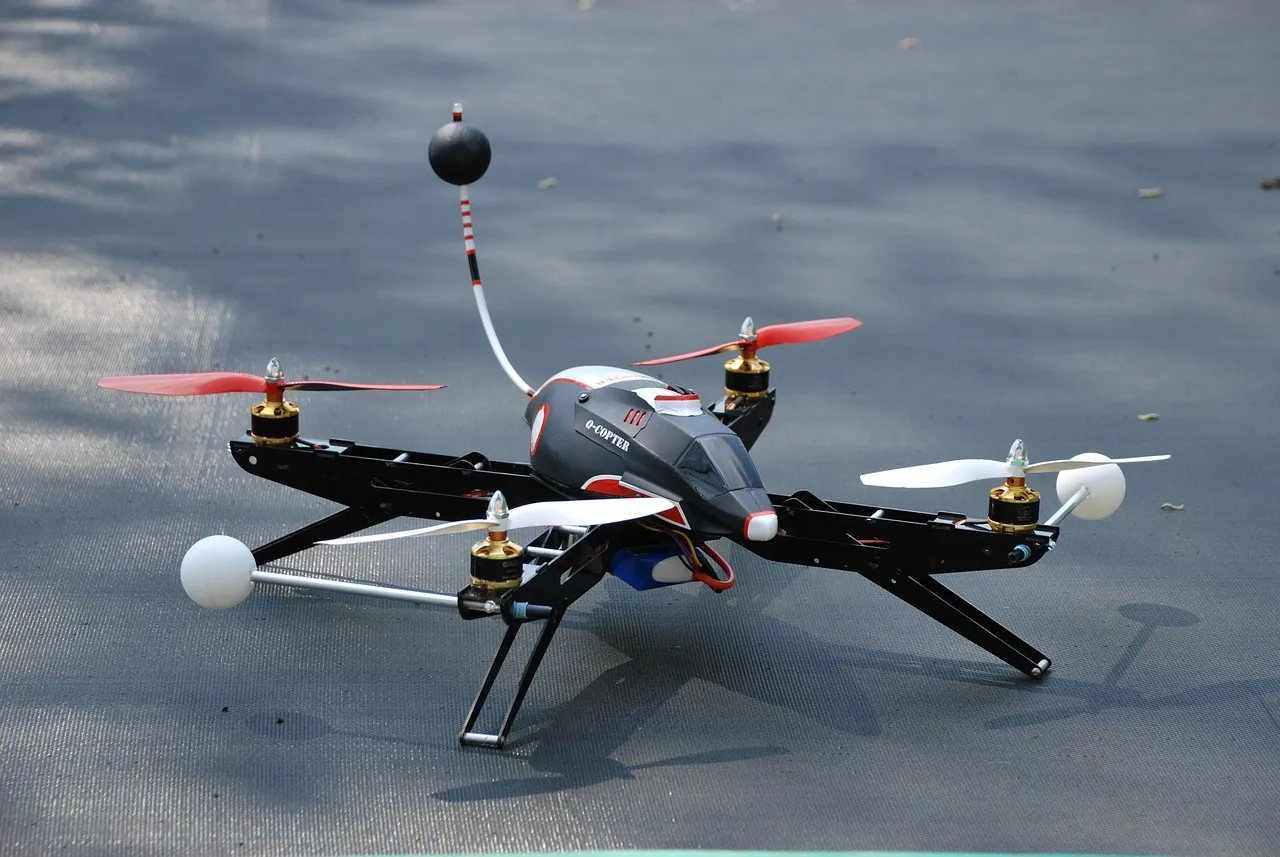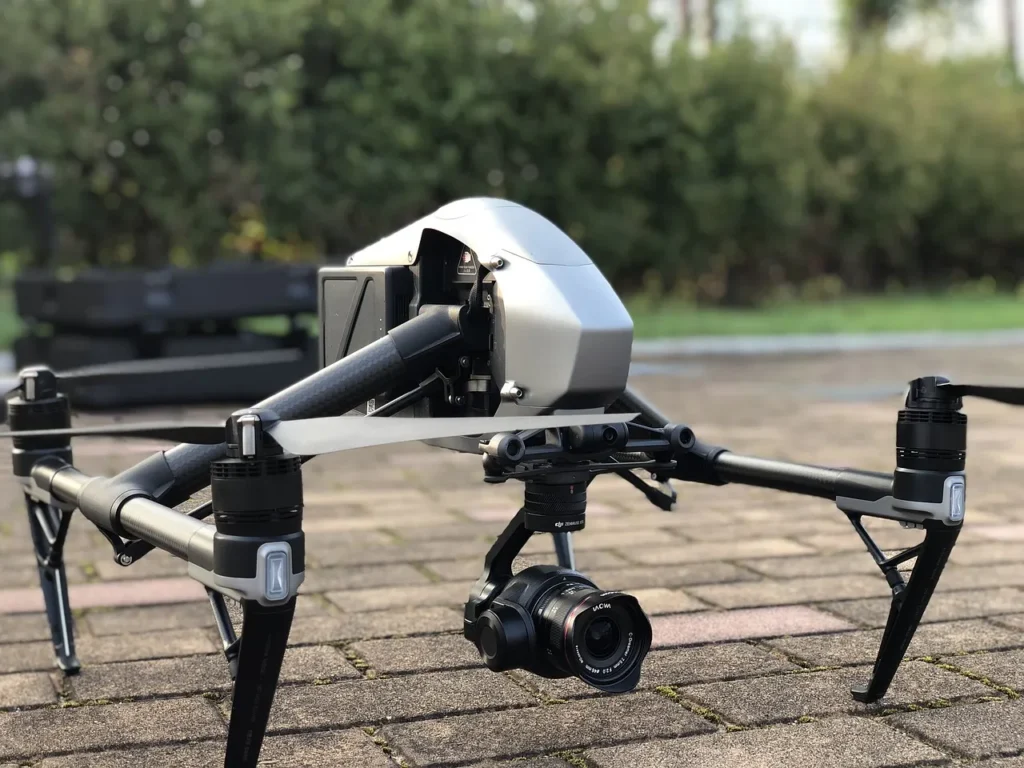
Setouchi Town’s Drone Services Win Japan Open Innovation Award
In a groundbreaking development, Japan Airlines Co., Ltd. (JAL), Amami Island Drone Co., Ltd. (AID), Setouchi Town in Oshima District, Kagoshima Prefecture, the National Research Institute for Earth Science and Disaster Resilience (NIED), and the University of Tsukuba have collectively spearheaded an innovative initiative titled “Resident Services Utilizing Drones for Normal and Emergency Situations in Setouchi Town, Amami Oshima.
” This pioneering effort has been recognized with the esteemed “Minister of Land, Infrastructure, Transport and Tourism Award” at the 7th Japan Open Innovation Awards, hosted by the Cabinet Office on February 5, 2025. The award underscores the initiative’s leadership, originality, and potential to serve as a role model for open innovation across Japan, particularly in addressing critical regional issues like disaster response and logistics challenges on remote islands.
The Japan Open Innovation Prize honors initiatives that demonstrate significant social impact and sustainability. This year, the collaborative project led by JAL, AID, Setouchi Town, NIED, and the University of Tsukuba stood out for its comprehensive approach to enhancing the quality of life in remote areas through the integration of drone technology and information and communication technology (ICT). By seamlessly blending disaster preparedness with everyday logistical needs, the initiative not only addresses immediate challenges but also lays the groundwork for sustainable town development. The recognition from the Minister of Land, Infrastructure, Transport and Tourism highlights the initiative’s potential to inspire similar projects in other remote islands, aging regions, and isolated areas, especially during emergencies.
Setouchi Town, nestled within the picturesque Amami Islands, faces unique geographical challenges that often isolate its communities during natural disasters such as typhoons and heavy rains. Even under normal circumstances, the reliance on maritime transport results in delays and inefficiencies. In response to these pressing issues, Setouchi Town partnered with the JAL Group in 2020, signing a landmark agreement aimed at leveraging drones and digital technology to foster sustainable town development. This collaboration seeks to create “A Town Everyone Wishes to Live In,” focusing on enhancing connectivity, accessibility, and overall resilience.

Through joint studies and demonstrations involving local residents, the partnership has successfully integrated advanced drone operations with ICT to address both daily and emergency needs. The establishment of AID in November 2023 marked a pivotal moment, as it began regular operations in February 2024, providing essential administrative services using cutting-edge drone technology. With JAL’s expertise in drone operation and safety management, AID has implemented a phase-free logistics infrastructure, ensuring seamless service delivery during both normal and disaster times. This innovative system supports remote medical services, facilitates online medication guidance, and contributes significantly to the town’s sustainable development goals.
As the initiative continues to evolve, efforts are underway to expand this community-based social implementation model throughout the Amami Islands. By building on the safe and secure drone operation business pioneered by AID, the project aims to set a new standard for utilizing drones and ICT in enhancing the quality of life in remote and underserved regions. This holistic approach not only addresses current challenges but also paves the way for future innovations, making Setouchi Town a beacon of progress and resilience.
Building Bridges with Drones: Enhancing Connectivity in Setouchi Town
At the heart of Setouchi Town’s transformative initiative lies the strategic use of large logistics drones, meticulously designed to excel in range and payload capacity. These drones, operated by Amami Island Drone Co., Ltd. (AID), are integral to the initiative’s success, offering a reliable solution to the logistical challenges posed by the town’s isolated geography.
Leveraging JAL’s extensive expertise in aviation safety and operational efficiency, AID has established a robust drone logistics infrastructure that operates seamlessly across different phases—be it routine deliveries or emergency responses. This dual-purpose system ensures that essential goods and services reach even the most secluded parts of Yoro-Island and Uke-Island without interruption.
The deployment of these advanced drones is complemented by sophisticated ICT systems, which facilitate real-time coordination and communication between operators, residents, and local authorities. This technological synergy enables swift adjustments in logistics planning, accommodating sudden changes in weather or unexpected demand surges. For instance, during typhoon seasons, when traditional transportation routes are often disrupted, drones can swiftly deliver critical supplies, thereby maintaining vital lifelines for isolated communities. Moreover, the integration of ICT allows for enhanced tracking and monitoring of drone operations, ensuring optimal performance and safety.
Beyond mere logistics, the initiative places a strong emphasis on maintaining and improving remote medical services—a crucial aspect given the town’s vulnerability to isolation during natural disasters. Through the introduction of online medication guidance, healthcare providers can remotely assist patients, ensuring they receive timely and accurate medical advice.
This digital health intervention is particularly beneficial for elderly residents and those with chronic conditions, who might otherwise face significant barriers to accessing healthcare. By embedding these services within the broader framework of the drone logistics system, the initiative not only enhances the immediacy and reliability of medical support but also fosters a more resilient healthcare ecosystem.
Furthermore, the initiative actively involves local residents in its implementation, fostering a sense of community ownership and participation. Residents are engaged in various stages, from initial feasibility studies to ongoing operational feedback, ensuring that the solutions developed are tailored to meet their specific needs and preferences. This inclusive approach not only strengthens the social fabric of Setouchi Town but also amplifies the initiative’s effectiveness by harnessing local knowledge and insights. As a result, the drone-driven logistics system becomes more than just a technical solution; it evolves into a community-centric tool that empowers residents and enhances their quality of life.
Pioneering Sustainable Development: The Impact of Setouchi Town’s Drone Initiative
The collaborative drone initiative in Setouchi Town represents a paradigm shift in how remote island communities can achieve sustainable development while addressing critical logistical and disaster-response challenges. By integrating advanced drone technology with robust ICT systems, the project has demonstrated its potential to transform not only Setouchi Town but also serve as a replicable model for other remote islands, aging regions, and isolated areas facing similar vulnerabilities.
One of the initiative’s standout features is its adaptability to diverse contexts, whether it be delivering medical supplies to inaccessible villages during emergencies or ensuring consistent access to essential goods in daily life. This versatility positions the project as a blueprint for resilience, capable of mitigating the impacts of natural disasters while fostering long-term community well-being.
The initiative’s contributions extend beyond immediate logistical benefits, playing a pivotal role in advancing sustainable town development. By reducing reliance on traditional maritime transport, which is often slow and subject to weather disruptions, the drone-based system minimizes carbon emissions and promotes environmentally friendly practices.
Furthermore, the inclusion of online medication guidance and remote healthcare services exemplifies how technology can bridge gaps in accessibility, particularly for aging populations and individuals with limited mobility. These innovations align closely with Setouchi Town’s vision of becoming “A Town Everyone Wishes to Live In,” where residents enjoy a high quality of life supported by modern, efficient, and inclusive infrastructure.
For instance, neighboring islands facing comparable challenges could adopt similar frameworks, tailoring them to their unique geographic and demographic conditions. Additionally, the initiative’s emphasis on industry-government-academia collaboration offers a replicable governance model, encouraging partnerships that leverage diverse expertise to solve complex regional issues. Such collaborations could prove instrumental in addressing broader societal challenges, such as aging populations and rural depopulation, which are prevalent across Japan and other countries.
Moreover, the initiative’s recognition with the Minister of Land, Infrastructure, Transport and Tourism Award underscores its significance as a national benchmark for innovation and sustainability. By showcasing how cutting-edge technology can be harnessed to enhance community resilience and inclusivity, the project inspires confidence in its applicability to global contexts.
Whether in disaster-prone coastal regions or landlocked areas with limited infrastructure, the principles underlying Setouchi Town’s drone initiative—adaptability, sustainability, and community engagement—offer a roadmap for creating resilient, connected, and thriving communities worldwide. As efforts continue to refine and expand this model, its ripple effects promise to redefine the future of remote and underserved regions, proving that even the most geographically isolated communities can thrive in the modern age.

